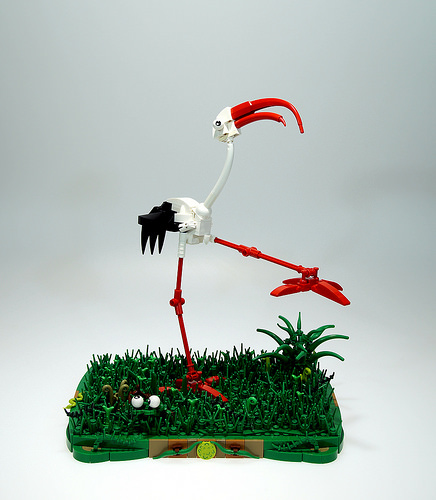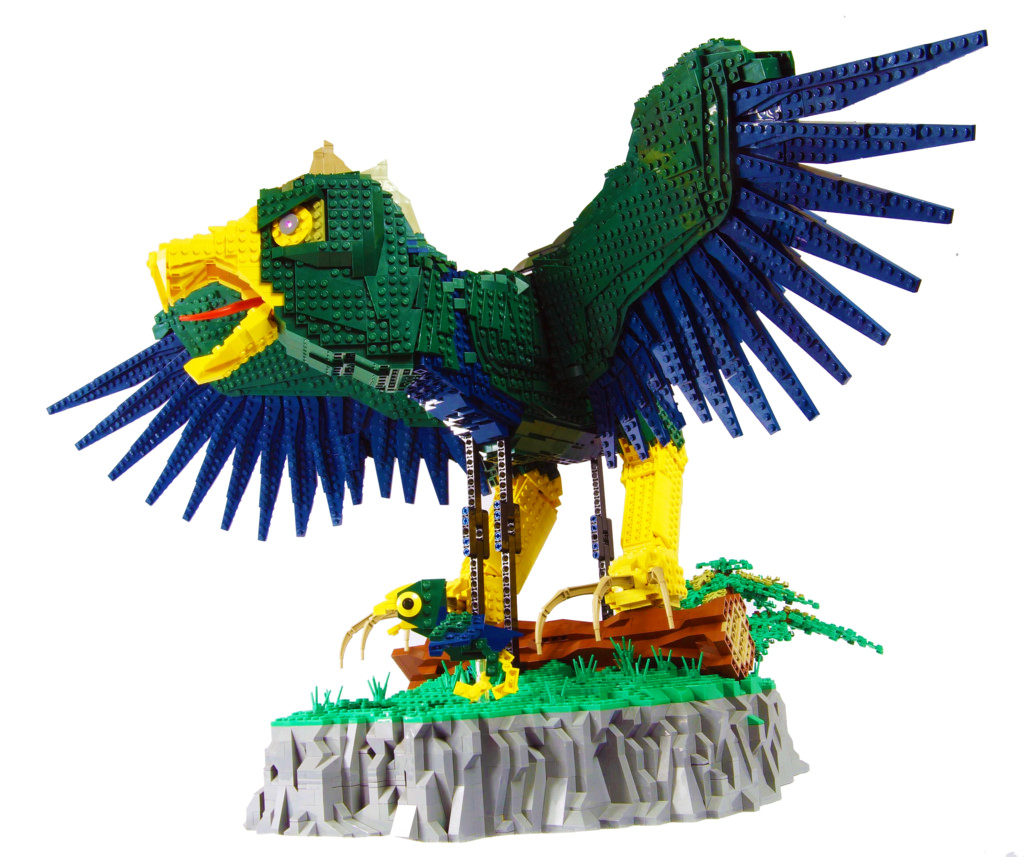We’ve been following the ongoing evolution of a series of mechanical LEGO dinosaurs built by Dan Schlumpp. Each iteration has become more and more streamlined, and the latest addition to his Mesozoic menagerie is no exception. The body-shaping is excellent, as well as the color choices.
This stegosaurus not only looks great, but lumbers around beautifully! It’s amazing to get such an organic body while still trying to create and hide all the right mechanical components.
If you’re curious about the previous iterations, check out our feature on one of Dan’s previous dinos.














